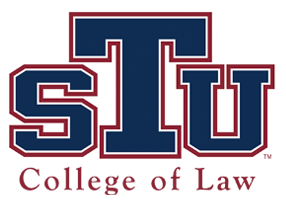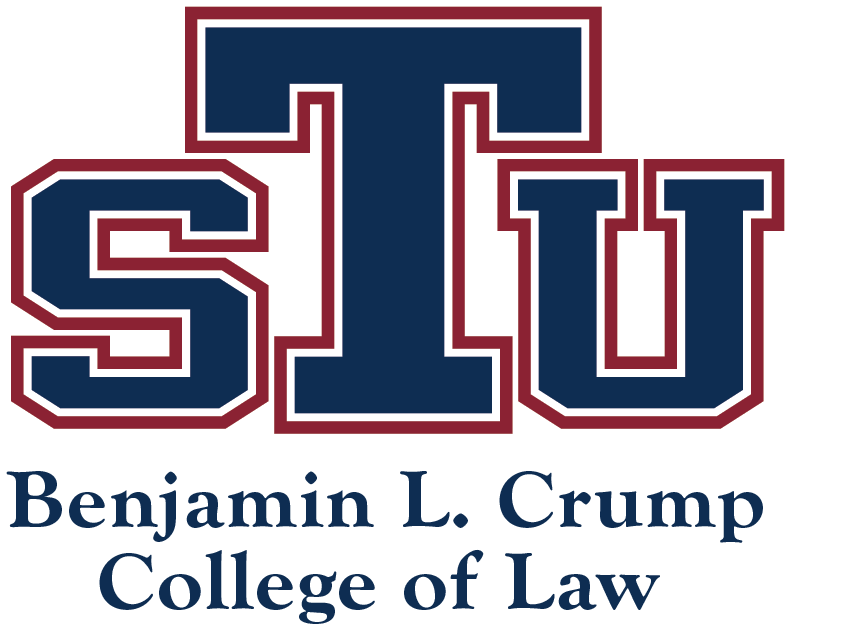Performance Criteria for the J.D. Learning Outcomes
Download Performance Criteria PDF
Students demonstrate that they have achieved these outcomes by meeting the following indicators or criteria:
Learning Outcome 1: Students will demonstrate knowledge and understanding of the law and the American legal system.
Students will demonstrate achievement of this learning outcome by . . .
- Criterion 1: Identifying, describing, and interpreting terms, rules, and principles of foundational and core areas of law, including significant alternative formulations, such as minority rules.
- Criterion 2: Describing the American legal system’s structures, processes, and procedures.
- Criterion 3: Demonstrating the knowledge of substantive and procedural law tested on a bar examination.
Learning Outcome 2: Students will demonstrate competency in issue spotting, analytical and problem-solving skills.
Students will demonstrate achievement of this learning outcome by . . .
- Criterion 1: Identifying each potentially applicable legal issue as it relates to the facts.
- Criterion 2: Identifying each legal term, rule and principle of law relevant to each potentially applicable legal issue, including evaluation of conflicting terms, rules and principles, and synthesizing the rules into a logical framework for analysis.
- Criterion 3: Identifying the legally significant facts relating to each applicable rule and applying the identified rules to the facts, including evaluating potential counterarguments, to determine the likely outcome of the case.
Learning Outcome 3: Students will demonstrate competency in research.
Students will demonstrate achievement of this learning outcome by . . .
- Criterion 1: Selecting and employing legal research tools, strategies, and methods (including technology) to identify relevant legal authority, taking into account time limitations and the financial constraints of the client.
- Criterion 2: Identifying the governing law with relevant secondary sources, and accurately assessing the weight of authority.
Learning Outcome 4: Students will communicate effectively and with civility.
Students will demonstrate achievement of this learning outcome by . . .
- Criterion 1: Writing documents that are clear, concise, well reasoned, and organized; follow accepted rules of grammar, punctuation, spelling, and citation; are professional in tone and appearance; and are appropriate to the audience and the circumstances.
- Criterion 2: Speaking, actively listening and collaborating in a reasonable and professional manner, appropriate to the audience and the circumstances.
Learning Outcome 5: Students will demonstrate competency in legal practice skills.
Students will demonstrate achievement of this learning outcome by . . .
- Criterion 1: Managing a legal project (e.g., legal case, memorandum, mediation) from its inception to its conclusion.
- Criterion 2: Proposing solutions to problems that take into account applicable law, client interests, changes in circumstances, alternative options and practical constraints.
- Criterion 3: Managing time to meet deadlines.
- Criterion 4: Employing current technologies in the practice of the law.
Learning Outcome 6: Students will exercise proper professional and ethical responsibility to clients and the legal system.
Students will demonstrate achievement of this learning outcome by . . .
- Criterion 1: Listing the sources of the law governing lawyers.
- Criterion 2: Identifying and explaining the applicable law governing lawyers.
- Criterion 3: Using the law governing lawyers to recognize ethical and other professional dilemmas.
- Criterion 4: Applying the law governing lawyers in an attempt to resolve ethical and other professional dilemmas.
Learning Outcome 7: Students will demonstrate awareness of their moral and ethical responsibility to society.
Students will demonstrate achievement of this learning outcome by . . .
- Criterion 1: Identifying the nature and sources of moral and ethical standards.
- Criterion 2: Appraising existing laws in light of a good order reflecting a considered moral stance and developing solutions to social problems in light of a public order of human dignity.
- Criterion 3: Demonstrating intercultural literacy across cultures, races, ethnicities, political opinions, etc.
- Criterion 4: Exhibiting an ethic of public service by dedicating time, energy and resources to serve communities at risk, including the poor and the marginalized.

